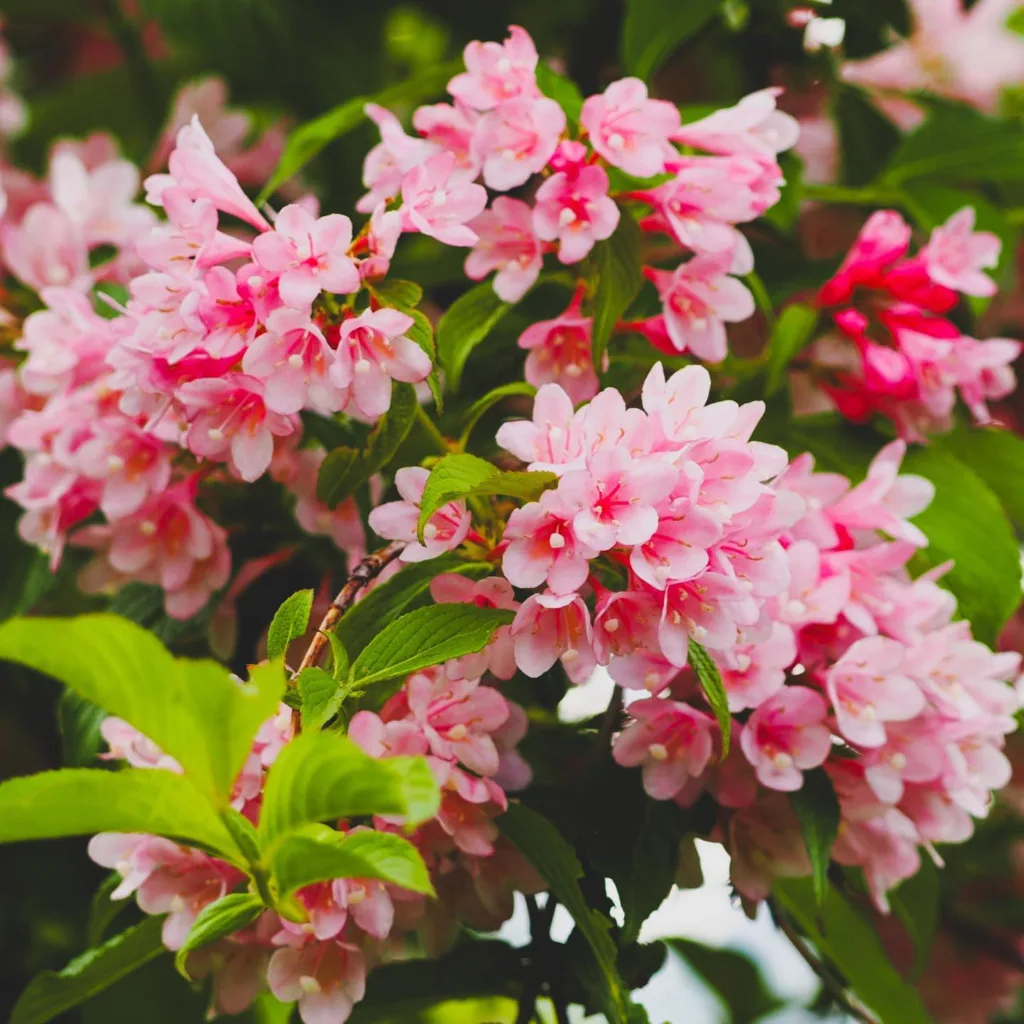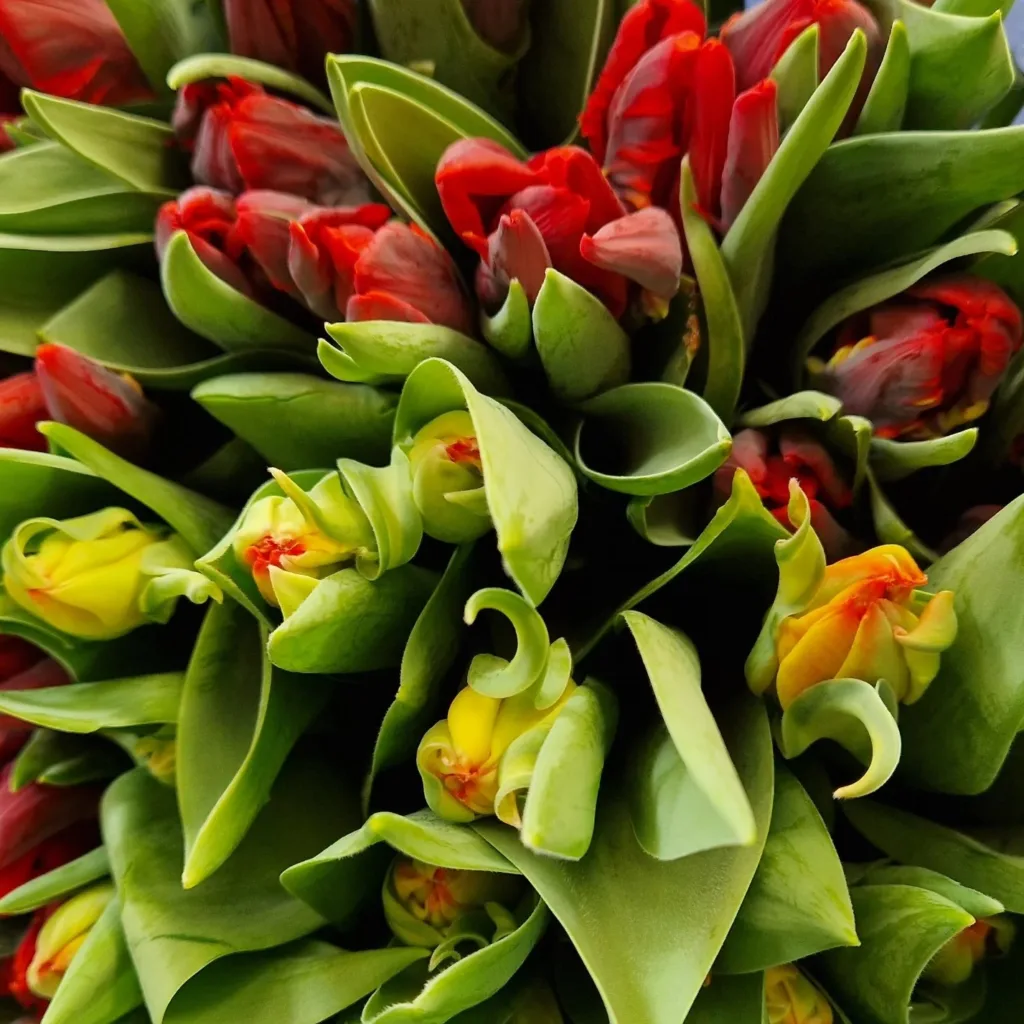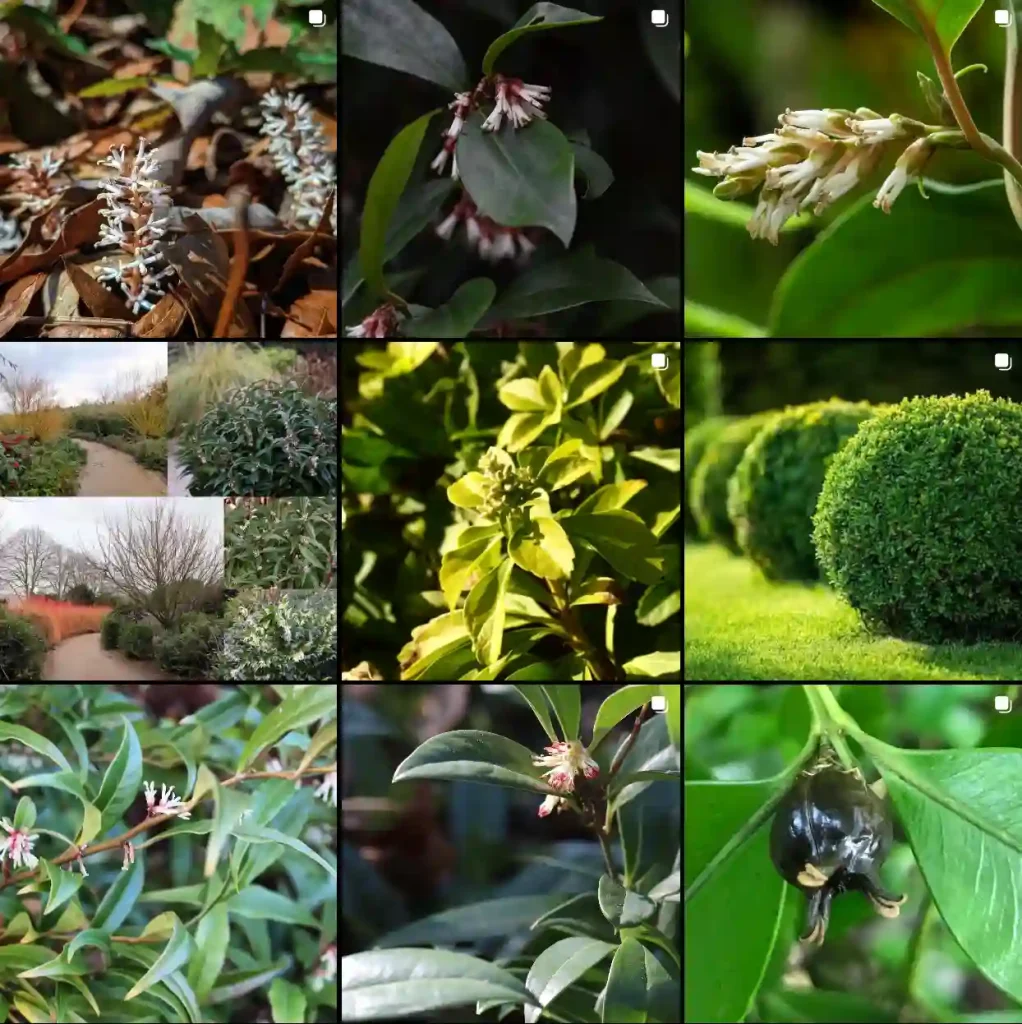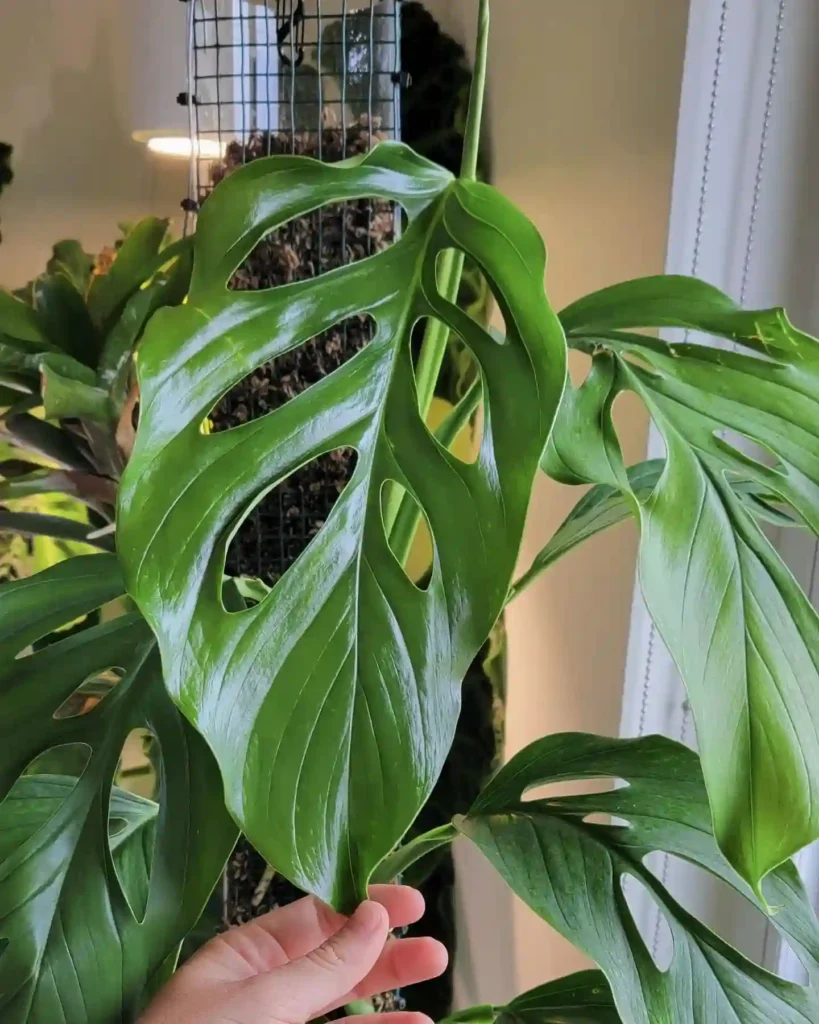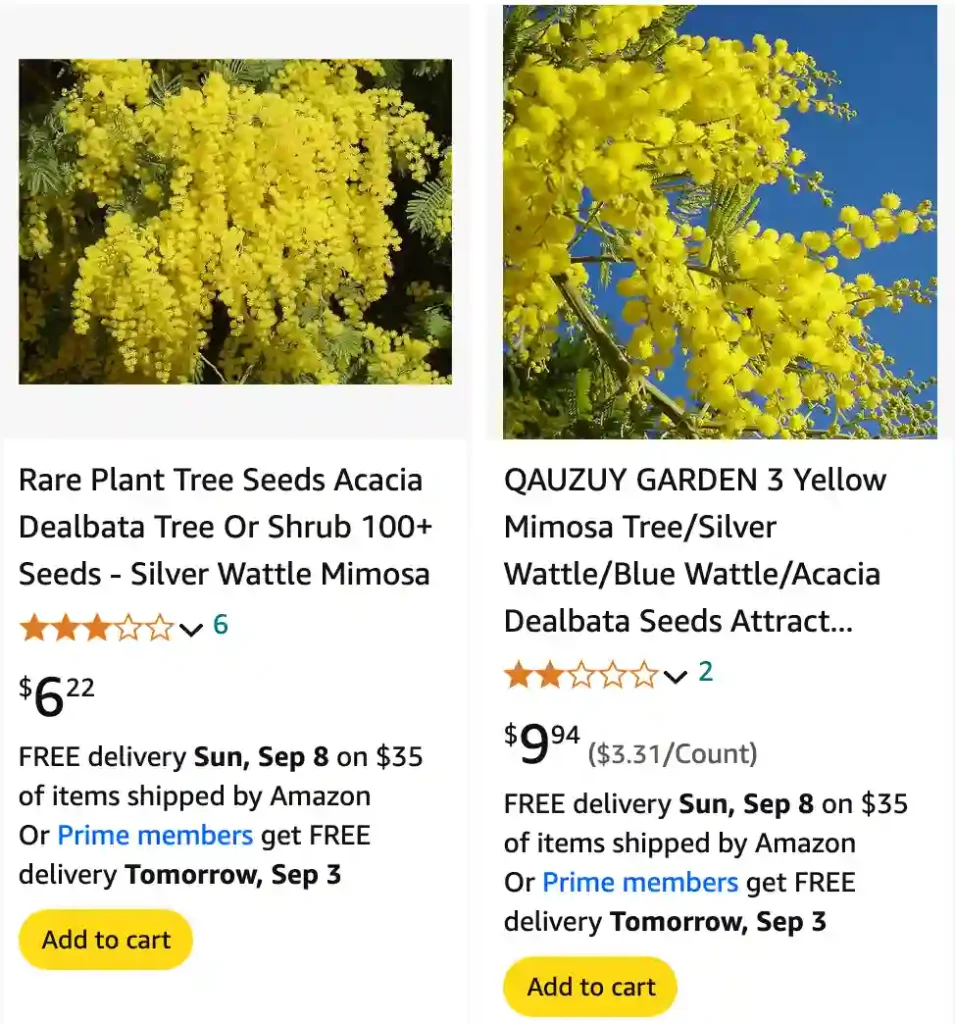
FAQs About Acacia Dealbata: What You Need to Know
When it comes to Acacia Dealbata, commonly known as Silver Wattle, there are a lot of questions that often come up. Whether you’re considering growing this striking plant in your garden or just curious about its characteristics, here’s everything you need to know about Acacia Dealbata.
1091 Species in Genus Acacia
Is Acacia Dealbata Poisonous?
One of the first concerns many people have is whether Acacia Dealbata is poisonous. The short answer is no, Acacia Dealbata is not considered poisonous to humans. However, it’s always a good practice to avoid ingesting parts of any plant unless you are sure of its safety.
Is Acacia Dealbata Poisonous to Cats?
When it comes to pets, particularly cats, Acacia Dealbata is not known to be toxic. While it’s generally safe, it’s always wise to monitor pets around plants and consult with a veterinarian if you notice any unusual behavior or symptoms.
Does Acacia Dealbata Contain DMT?
A common question for those interested in the chemical composition of plants is whether Acacia Dealbata contains DMT. Acacia Dealbata does not contain DMT (Dimethyltryptamine). While some Acacia species do contain DMT, Acacia Dealbata is not one of them.
How Fast Do Acacia Dealbata Grow?
If you’re considering adding Acacia Dealbata to your garden, you might be curious about its growth rate. Acacia Dealbata is known for its fast growth. Under ideal conditions, it can grow up to 1.5 meters (about 5 feet) in just one year. This rapid growth makes it a great choice for those looking to establish a dense screen or hedge quickly.
How to Grow Acacia Dealbata from Seed?
Growing Acacia Dealbata from seed can be a rewarding experience. Here’s how you can do it:
- Seed Preparation: Start by soaking the seeds in water for 24 hours to help with germination.
- Planting: Sow the seeds in a seed tray filled with a well-draining potting mix.
- Germination: Keep the soil consistently moist and warm. Germination typically takes 2 to 4 weeks.
- Transplanting: Once the seedlings have grown a few inches tall and have developed a couple of sets of leaves, they can be transplanted into larger pots or directly into the garden.
How to Propagate Acacia Dealbata?
Propagating Acacia Dealbata is relatively simple and can be done through both seeds and cuttings.
- Seed Propagation: Follow the same steps as growing from seed mentioned above.
- Cuttings: For propagation via cuttings, take semi-hardwood cuttings in late summer. Dip the cuttings in rooting hormone and plant them in a well-draining mix. Keep them in a humid environment until roots develop.
Will Acacia Dealbata Grow in North Georgia?
If you’re in North Georgia and wondering if Acacia Dealbata will thrive in your climate, the answer is generally yes. Acacia Dealbata is hardy in USDA zones 8-10, which includes much of North Georgia. However, it’s important to provide it with a sunny location and well-draining soil to ensure optimal growth.
What Is Acacia Dealbata?
Acacia Dealbata, commonly known as Silver Wattle, is a species of Acacia native to southeastern Australia. It’s renowned for its silvery foliage and bright yellow, fragrant flowers that bloom in late winter to early spring. Its striking appearance makes it a popular choice for ornamental planting.
How to Care for Acacia Dealbata?
Caring for Acacia Dealbata involves a few key practices:
- Sunlight: It thrives in full sun but can tolerate some partial shade.
- Watering: Once established, it’s quite drought-tolerant. Regular watering during the first year will help establish a strong root system.
- Soil: Prefers well-draining soil. Avoid waterlogged conditions as this can lead to root rot.
What to Plant with Acacia Dealbata?
Acacia Dealbata pairs well with other drought-tolerant plants. Consider planting it alongside:
- Lavender: Provides a beautiful color contrast and shares similar soil and water requirements.
- Echinacea: Adds vibrant color and thrives in similar conditions.
- Rosemary: Complements the Acacia Dealbata with its similar growth habits and care needs.
Common Problems with Acacia Dealbata
Despite its robust nature, Acacia Dealbata can encounter a few issues:
- Pests: Watch out for pests such as aphids and scale insects.
- Diseases: It can be susceptible to fungal diseases if the soil is not well-drained.
- Watering Issues: Too much water can cause root rot, so ensure proper drainage.
Compare with Similar Plants
If you’re considering alternatives, you might compare Acacia Dealbata with other Acacia species, such as Acacia Longifolia or Acacia Baileyi. Each species has unique characteristics, but Acacia Dealbata is particularly valued for its striking foliage and fast growth.
In conclusion, Acacia Dealbata is a versatile and attractive plant that can add a touch of elegance to your garden. By understanding its care needs and potential issues, you can ensure it thrives and brings beauty to your outdoor space.
If i die, water my plants!
